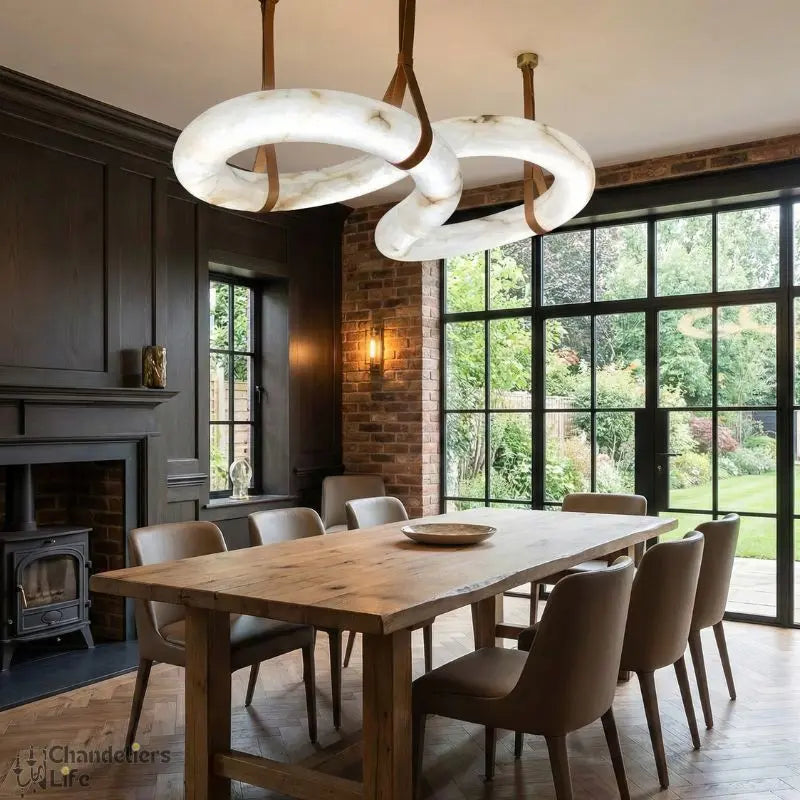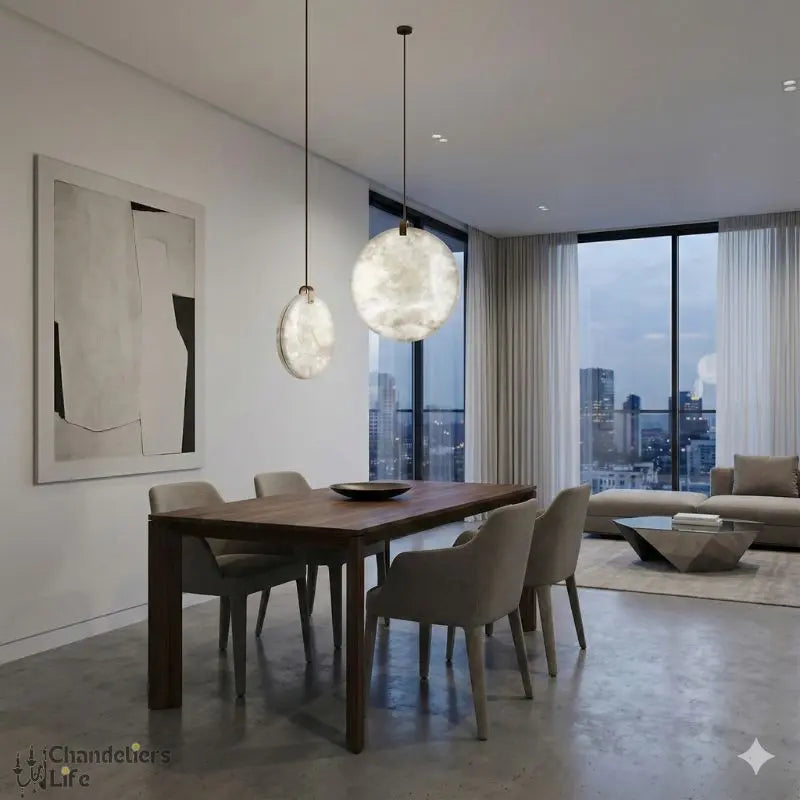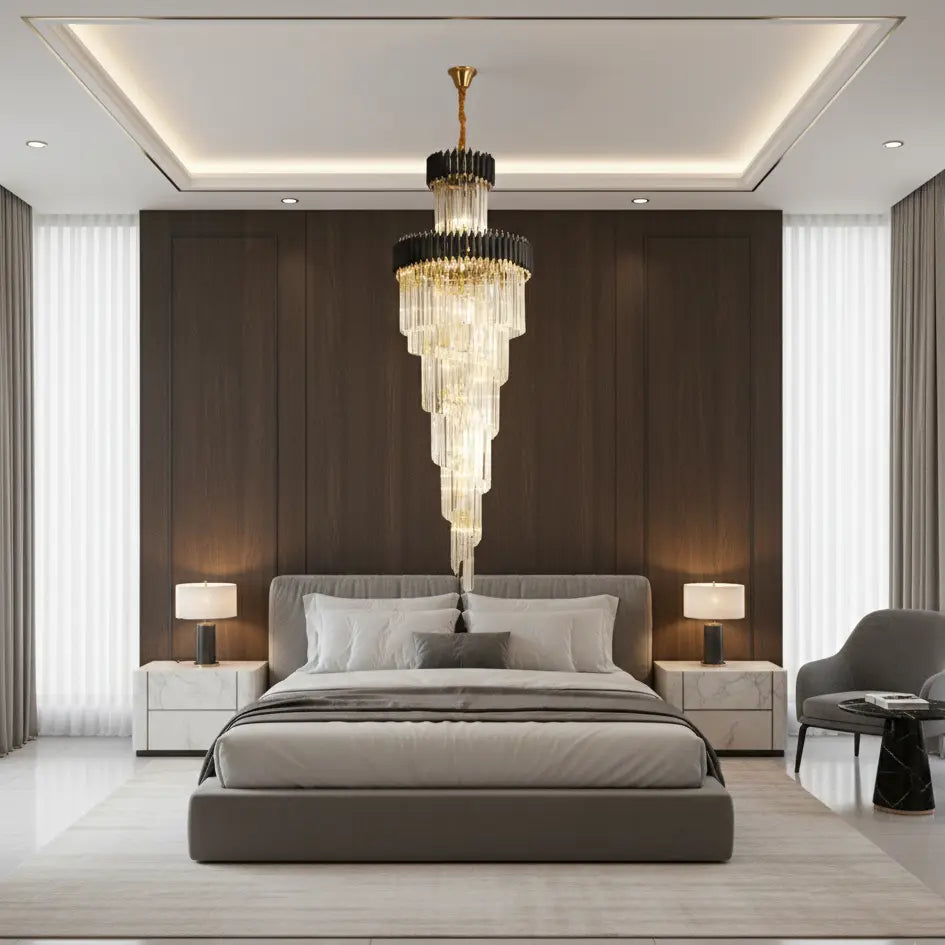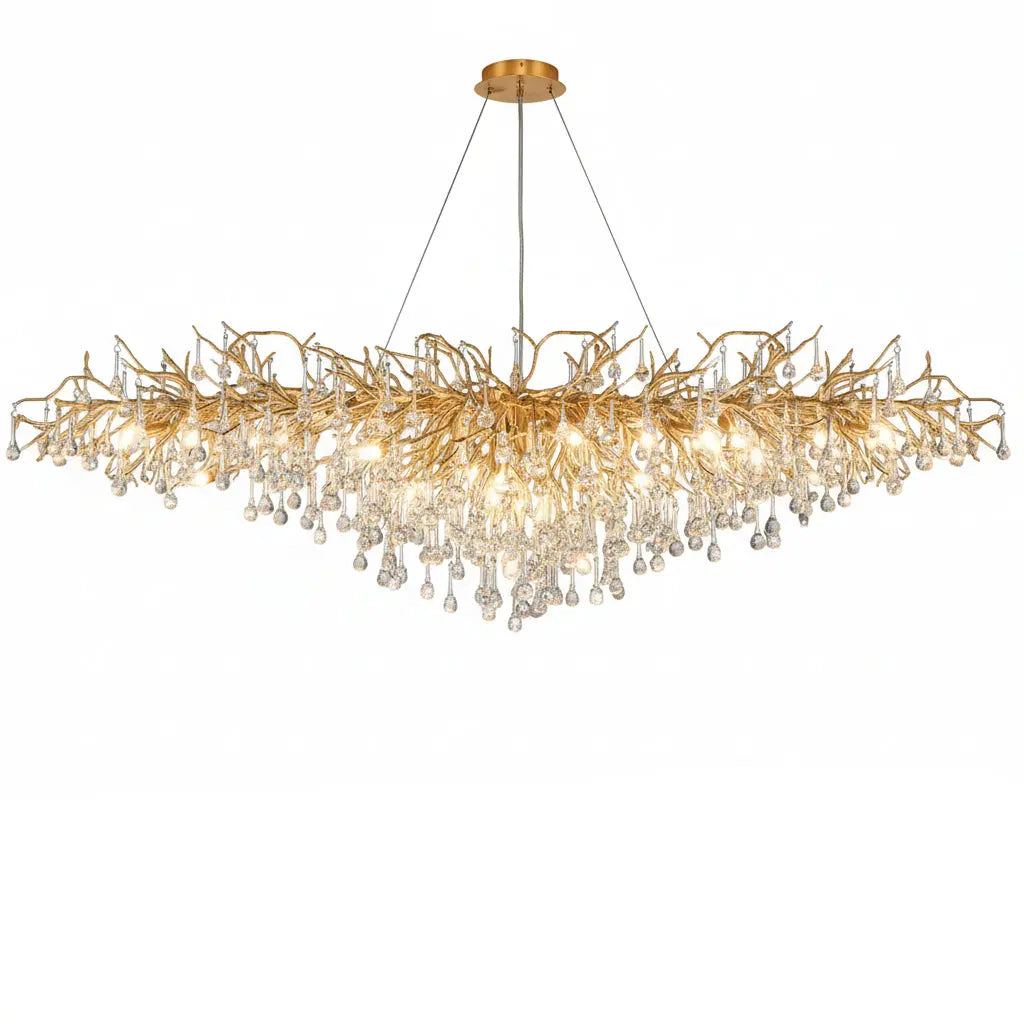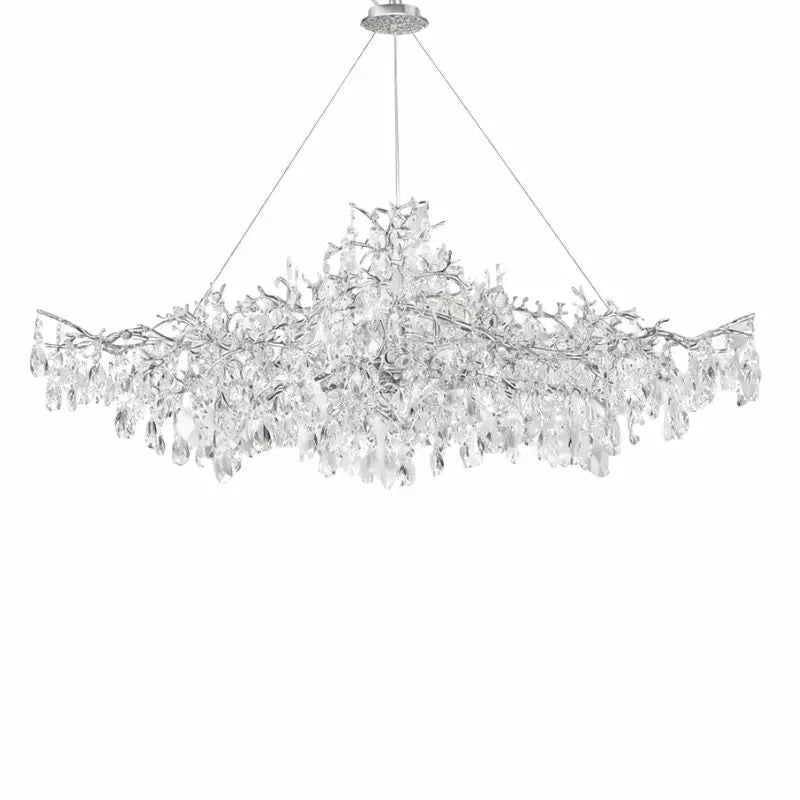In this article, we will explore the art of layering lighting in a room to create a warm and inviting atmosphere. By strategically combining different light sources, you can enhance the visual appeal, functionality, and overall harmony of a space. Let's delve into the key concepts of layering lighting for a well-lit and harmonious room design.
Key Takeaways
- Choose the right lights to create a cosy feel.
- Balance natural and artificial light for a pleasant ambience.
- Highlight key features to draw attention.
- Utilise task lighting effectively for specific tasks.
- Blend different light temperatures for a unified space.
Creating a Cosy Ambiance with Layered Lighting
Layered lighting is essential for creating a warm and inviting atmosphere in a room. By combining different light fixtures, you can achieve a harmonious blend of natural and artificial light. This helps in highlighting the key features of the space and enhancing its overall appeal. Experiment with various lighting options to find the perfect balance that suits your preferences and needs.
Enhancing Visual Appeal through Strategic Lighting Layers
When it comes to enhancing the visual appeal of a room through strategic lighting layers, it's important to consider various aspects. Utilising Task Lighting Effectively can help in focusing light on specific areas for tasks like reading or working. Playing with light intensity allows you to adjust the brightness to suit different activities. Adding decorative lighting elements can bring a touch of style and personality to the space. By combining these elements, you can create a dynamic and visually appealing lighting scheme that enhances the overall ambiance of the room.
Maximising Functionality with Layered Lighting Design
To maximise the functionality of layered lighting design, it is important to create different lighting zones within a room. Incorporating dimmers can provide versatility in adjusting the brightness of the lights according to the time of day. Layered lighting can be utilised effectively to cater to various lighting needs throughout the day. This approach enhances the overall ambience of the room and ensures that the lighting is adaptable to different situations.
Harmonising Light Sources for a Unified Space
When it comes to creating a cohesive atmosphere in a room, it's essential to blend different light temperatures to ensure a consistent feel. Coordinating light fixtures throughout the space helps maintain a unified look, while transitions between light zones should flow seamlessly for a harmonious effect. Balancing direct and indirect light sources is key to achieving a well-rounded lighting composition that enhances the overall space. Shadows and highlights can be used to add visual interest and depth to the room, creating a dynamic and inviting environment.
Elevating Room Atmosphere with Thoughtful Lighting Arrangements
Using lighting to define spaces can enhance architectural details and create a focal point with lighting. Creating a focal point with lighting can make a room feel more inviting and spacious. A well-lit room feels welcoming and open. Try a mix of different types of lighting like ambient, task, and accent lighting to achieve a balanced and adaptable lighting setup. By strategically placing lights, you can draw attention to specific areas and create a comfortable atmosphere. Incorporating various lighting elements can transform the feel of a room and make it more appealing and versatile.
Achieving Balance and Harmony in Lighting Composition
When it comes to lighting composition, the key is to find a balance between different light sources. Layering light is essential for creating depth and dimension in a room. By combining direct and indirect light sources, you can achieve a harmonious atmosphere that enhances the overall ambience. Shadows and highlights play a crucial role in adding visual interest to the space. Balancing these elements is vital for a cohesive and unified lighting design. Consistency in coordinating light fixtures and temperatures ensures a seamless transition between different zones of light. Creating a focal point with lighting can draw attention to specific areas and enhance the room's overall atmosphere. Blending various light temperatures can also contribute to a unified space, where each light source complements the others. Achieving balance and harmony in lighting composition is about creating a cohesive and visually appealing environment that enhances the room's overall atmosphere.
Achieving a balance and harmony in lighting composition is essential for creating a welcoming atmosphere in any space. By carefully arranging different light sources, you can transform a room into a cozy retreat or a vibrant gathering place. Visit our website to discover how lighting can enhance your home.
Conclusion
To sum up, mastering the technique of layering lighting in a room is crucial for creating a warm and inviting atmosphere. By combining different types of lighting fixtures strategically, you can enhance the functionality and aesthetics of any space. Remember, the key is to balance ambient, task, and accent lighting to achieve the desired mood. Experiment with various combinations and placements to find what works best for your room. With practise and creativity, you can transform a dull room into a cosy and well-lit sanctuary.
Frequently Asked Questions
What is layered lighting and how does it create a cosy atmosphere?
Layered lighting is when you use different types of lights in a room to make it feel warm and inviting. By combining various light sources like lamps and overhead lights, you can create a cosy ambiance that is perfect for relaxing or entertaining.
Why is it important to balance natural and artificial light in a room?
Balancing natural light from windows with artificial light from lamps helps to create a comfortable and well-lit space. Natural light can brighten up a room during the day, while artificial light can fill in the gaps and provide illumination in the evening.
How can lighting be used to highlight key features in a room?
You can use lighting to draw attention to important elements in a room, such as artwork, furniture, or architectural details. By strategically placing lights and adjusting their intensity, you can showcase these key features and enhance the overall look of the space.
What are task lights and how can they be used effectively?
Task lights are lights that are specifically designed to help you see better when performing tasks like reading, cooking, or working. By placing task lights in the right locations, you can improve visibility and make these activities easier and more enjoyable.
How can dimmers enhance the versatility of layered lighting design?
Dimmers are devices that allow you to adjust the brightness of a light fixture. By incorporating dimmers into your lighting design, you can easily control the intensity of the light in different areas of the room, creating a versatile and adaptable lighting scheme.
Why is it important to blend different light temperatures in a room?
Blending different light temperatures, such as warm and cool lights, can help create a harmonious and balanced atmosphere. By mixing these light sources, you can add depth and dimension to the room while ensuring a cohesive and unified look.







